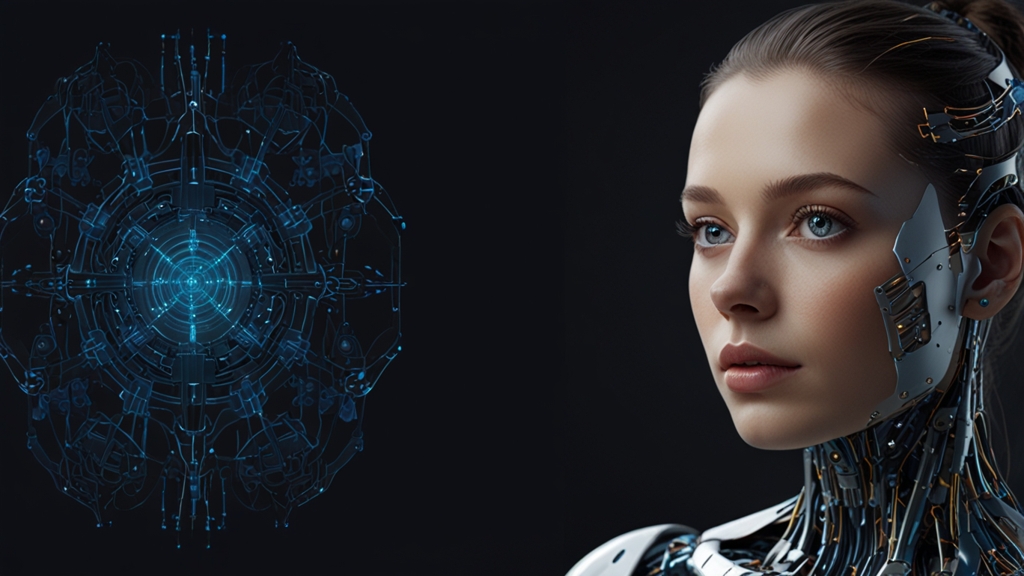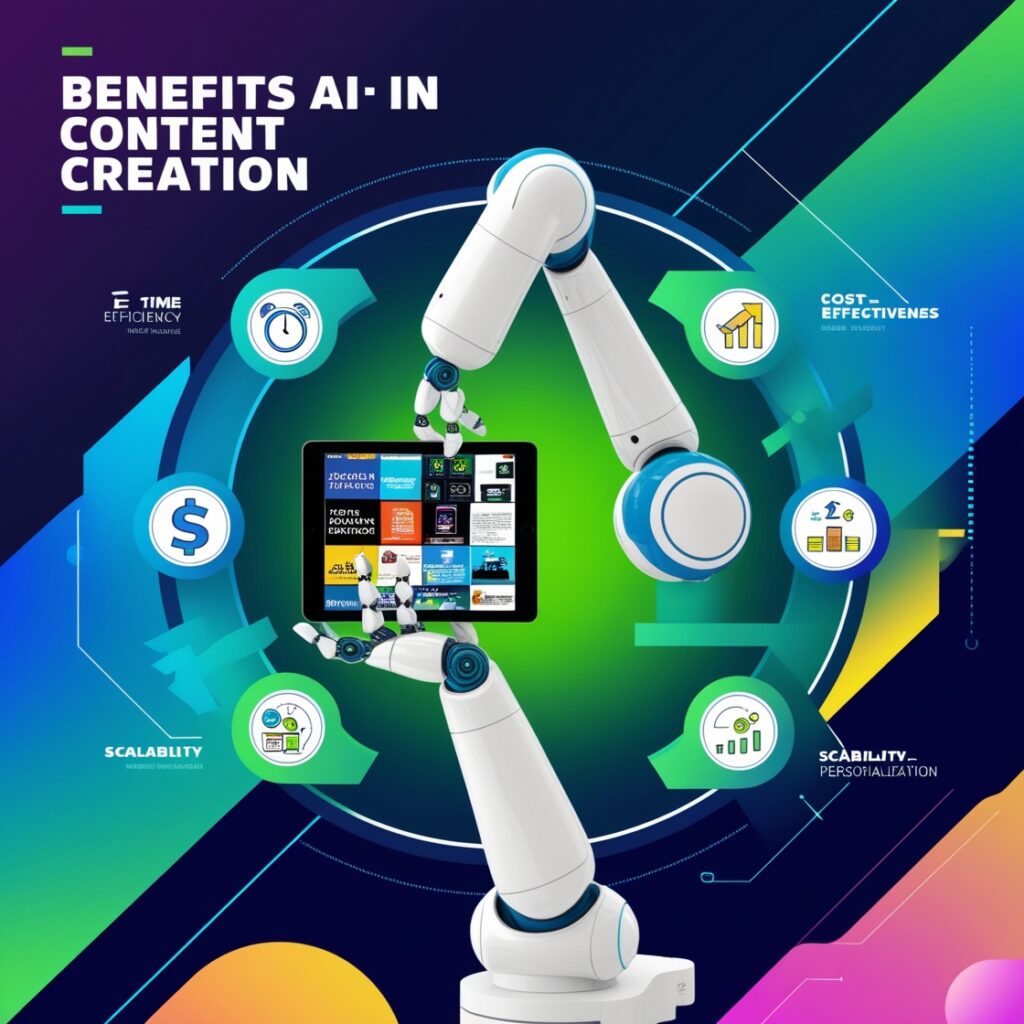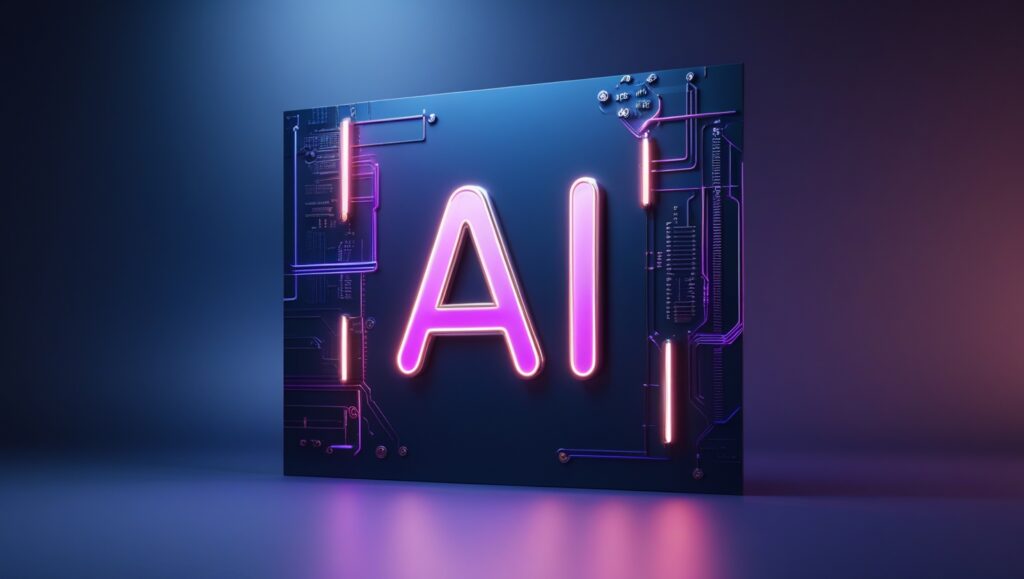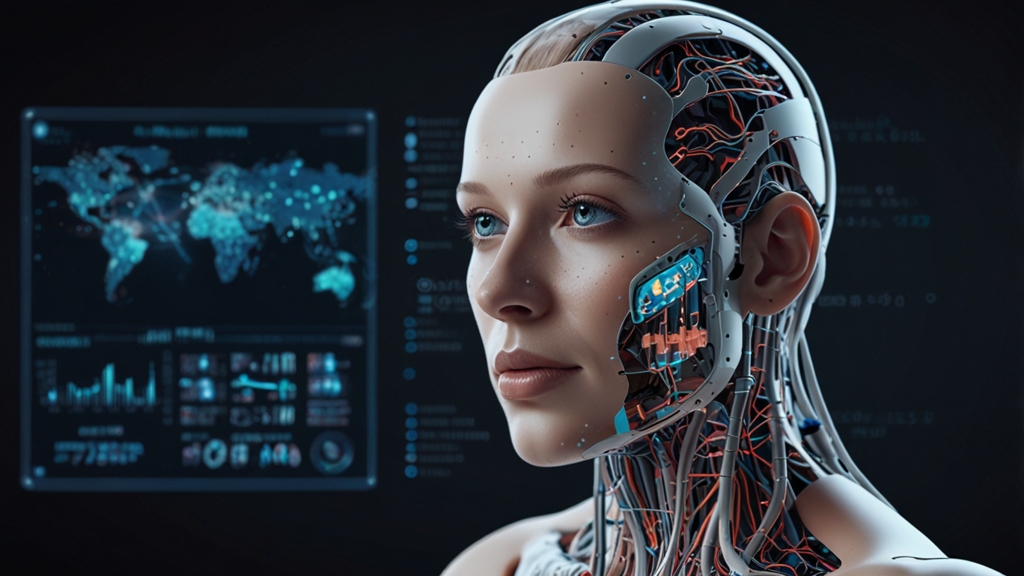AI in Content Creation: Revolutionizing How We Generate Content
Introduction
In the digital-first world, content is king. Whether it’s blogs, videos, social media posts, or interactive media, the demand for engaging and high-quality content has skyrocketed. Traditionally, creating compelling content required hours of effort, creative brainstorming, and skilled expertise. However, the advent of Artificial Intelligence (AI) has brought transformative changes to content creation, making the process faster, more efficient, and accessible to a broader audience. This blog delves into how AI is revolutionizing content creation, the tools shaping the industry, and the benefits and challenges of this technological evolution.

How AI Is Revolutionizing Content Creation
1. Automated Content Generation
AI-powered tools like ChatGPT, Jasper, and Writesonic are at the forefront of automated content creation. These tools can:
- Generate articles, blogs, and social media posts within seconds.
- Provide topic suggestions and outlines based on user input.
- Produce personalized email drafts and marketing copies.
For instance, ChatGPT leverages large language models to create human-like text, enabling businesses to draft professional and engaging content with minimal effort.
2. Streamlining Visual Content
AI extends beyond text-based content to visual creation. Tools like DALL-E and Canva’s AI design features allow users to generate:
- Custom graphics and illustrations based on specific prompts.
- High-quality images for marketing campaigns.
- Infographics to represent data visually.
This democratizes the creation of visually appealing content, enabling even non-designers to produce professional visuals.
3. Video and Audio Content Creation
AI tools like Synthesia and Lumen5 have made video creation accessible without advanced editing skills. These platforms can:
- Create explainer videos with AI-generated avatars and voiceovers.
- Convert blog posts into engaging videos with minimal manual input.
- Optimize video scripts for SEO and audience engagement.
Similarly, AI-powered platforms like Descript simplify audio editing, offering features like voice cloning, transcription, and audio cleanup.
Popular AI Tools for Content Creation
1. Text-Based Tools
- ChatGPT: Creates conversational and informative text, ideal for blogs, emails, and customer support.
- Jasper: Offers advanced features for marketing copy, product descriptions, and storytelling.
- Writesonic: Tailored for ad copy, SEO-focused blogs, and social media content.
2. Visual Content Tools
- Canva: Simplifies graphic design with AI-based suggestions and templates.
- DALL-E: Generates custom images based on textual prompts.
3. Video and Audio Tools
- Synthesia: Facilitates video creation with AI avatars and multiple language options.
- Lumen5: Converts written content into video format effortlessly.
- Descript: Enhances podcast editing with voice cloning and transcription.
Benefits of AI in Content Creation

1. Time Efficiency
AI reduces the time required to create high-quality content. Tasks that traditionally took hours—like drafting, editing, and designing—can now be accomplished in minutes.
2. Cost-Effectiveness
Hiring writers, designers, and editors can be expensive. AI tools offer a cost-effective alternative, especially for startups and small businesses with limited budgets.
3. Scalability
AI enables businesses to scale their content production. With AI tools, companies can produce a higher volume of content without compromising quality.
4. Personalization
AI tools analyze user behavior and preferences to create personalized content. For example, e-commerce websites can generate personalized product recommendations and email campaigns.
Challenges of AI in Content Creation
1. Quality and Authenticity
While AI generates text and visuals quickly, maintaining authenticity and originality remains a challenge. AI tools might produce content that lacks depth or contains factual inaccuracies.
2. Creativity Limitations
AI can replicate patterns and generate content, but it struggles with truly innovative or out-of-the-box ideas.
3. Ethical Concerns
The use of AI in content creation raises ethical questions about plagiarism and intellectual property rights. Additionally, automated content may inadvertently perpetuate biases present in training data.
4. Over-Reliance on Technology
Relying heavily on AI tools can lead to a lack of human touch in content. Balancing AI-generated content with human creativity is crucial for maintaining engagement.
Case Studies: AI in Action
1. Media Outlets
Many news organizations use AI to draft reports. For example:
- The Associated Press uses AI to automate earnings reports.
- Forbes employs an AI tool called Bertie to assist journalists with writing and research.
2. E-commerce
Amazon and Shopify leverage AI to create personalized product descriptions and recommendations, enhancing the shopping experience.
3. Social Media Influencers
Influencers use AI tools to schedule posts, generate captions, and even create entire scripts for video content.
The Future of AI in Content Creation
AI’s role in content creation is expected to grow with advancements in machine learning and natural language processing. Future developments may include:
- Enhanced creativity through generative AI models.
- More accurate personalization with improved data analytics.
- Ethical AI frameworks to address bias and authenticity.
Conclusion
AI is undoubtedly transforming content creation by making it faster, more efficient, and accessible. While it offers numerous benefits, it also presents challenges that require careful consideration. The key to leveraging AI in content creation lies in striking a balance between automation and human creativity, ensuring content remains authentic, engaging, and valuable.
As technology evolves, businesses and creators who embrace AI tools effectively will gain a competitive edge, delivering impactful content in an increasingly crowded digital landscape.









